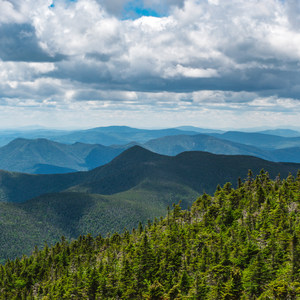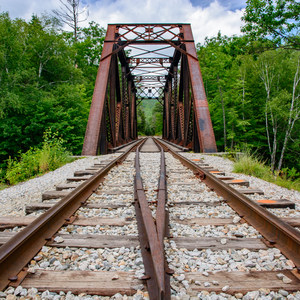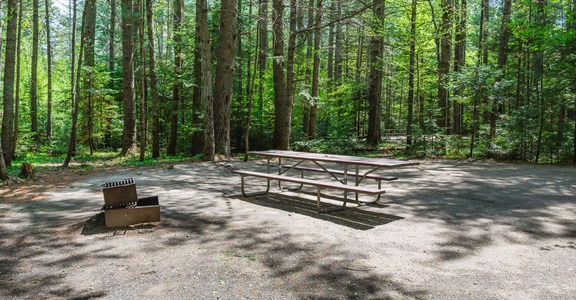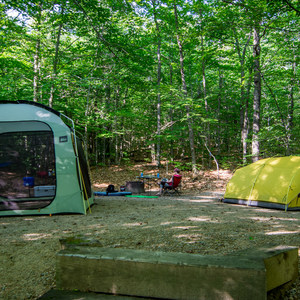At only 1.5 miles from the parking area at the end of Sawyer River Road, Sawyer Pond is an easy and beautiful overnight destination in the heart of New Hampshire’s White Mountains. With its short and gentle sloped approach, Sawyer Pond is ideal for beginning backpackers, a short weekend getaway or just a good day trip to take a swim in the summer heat.
Sawyer Pond sits in the saddle of three White Mountain peaks, Mount Tremont (3,371 feet), Owl’s Cliff (2,940 feet) and Green Cliff (2,926 feet). This lake is unique in the fact that the northern part of the lake drains north to the Sawyer River and the southern portion drains to Rob Brook and eventually down to the Swift River.
After hiking 1.5 miles, the trail “T” junctions at the northern outflow of the pond. The main Sawyer Pond Trail continues to the right over the outflow and eventually ends at Kancamagus Highway, which is 4.5 miles to the south. To the left, the trail leads to six numbered campsites along the trail. The trail then pauses at the overnight shelter, which overlooks the pond, then loops back to the main Sawyer Pond Trail.
Each tent site has a wooden platform where tents are required to be pitched and a metal fire ring with a metal grate. A maximum of eight people can be accommodated at each site. The shelter, constructed from logs, is a three-sided, roofed building with the open end facing the pond. It can accommodate up to six individuals.
Being a backcountry campground, there is no potable water. Water must be collected from the pond and treated or brought in. Bears have been known to be in the area, making it the campers’ responsibility to store all food properly. There are two covered, open-air composting toilets to help minimize human impact.
There is no fee to use the campsites or shelter, however, due to the relative ease of access, both the campsites and shelter are often full. People may camp elsewhere, but it has to be at a minimum of a quarter-mile from the ponds. As always, please practice Leave No Trace principles when camping in the backcountry.











Comments
Sign In and share them.